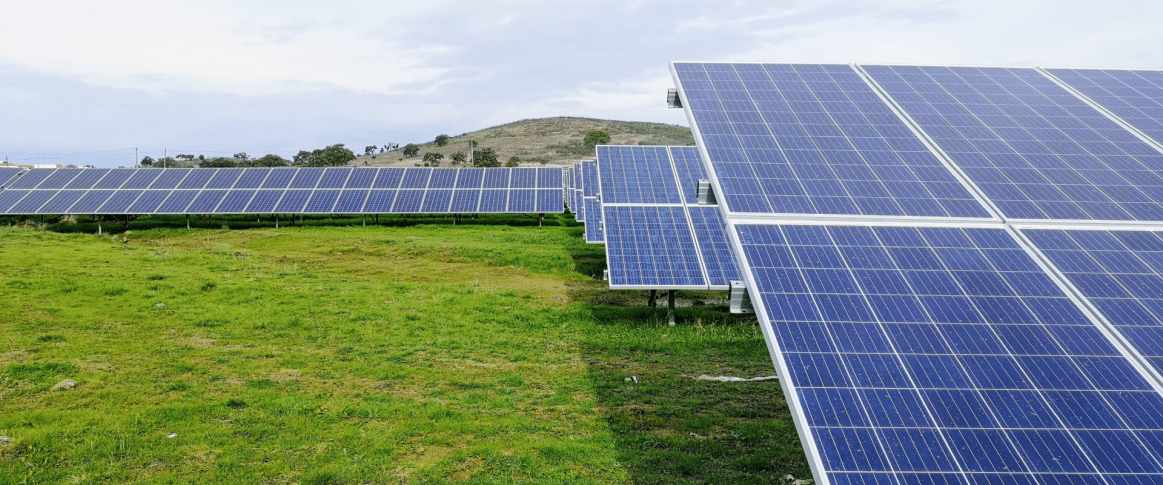
Energy storage provides significant value to both energy consumers and the grid. Beyond resiliency, energy storage enables businesses to maximize the value of a PV system while potentially reducing significant utility demand charges (see HERE for an introduction to demand charges). This article will briefly outline where energy storage projects are finding commercial success today, future opportunities, and the basic project parameters developers and design-build EPCs should look for in a project.
The current landscape
Three states lead the nation in the adoption of commercial energy storage: California, Massachusetts, and New York. Each of these states has incentive programs in place that encourage the deployment of behind-the-meter energy storage systems. Notable lucrative incentives include the California Self Generation Incentive Program (SGIP) and the Solar Massachusetts Renewable Target (SMART) program. SGIP provides a rebate tied to storage capacity installed while the SMART storage adder compensates system owners based on the relative size and discharge duration of the combined PV and storage system. Although each program compensates system owners differently, incentives improve the baseline economics of a storage proposal.
Several utilities are also beginning to incentivize storage installation. In Massachusetts, National Grid and Eversource participate in the Connected Solutions demand response program. Participating energy storage systems are compensated to discharge their capacity when called upon during peak hours. The program provides those who participate a fixed payment per kilowatt based on the capacity of the storage system and the seasonal peak demand.
Looking ahead
In the coming years, additional states plan to introduce energy storage incentive programs. As of publication, a total of nine states have declared formal energy storage deployment targets. Next up, look for Connecticut and Maine to introduce storage incentives. Both states are targeting approximately 300MW of storage capacity by 2025. The details of each state's plan are just beginning to emerge but count on demand reduction incentives and the potential introduction of time-of-use rates. New Jersey has also set a large storage deployment goal but programmatic support is unclear at this time. For further reading about these state plans, please see HERE.
Qualifying commercial storage projects
Energy storage is following a similar cost reduction curve to that of solar PV. To maximize the potential of your leads, we recommend employing several qualifying rules of thumb. First, look for projects in the states like those above with active storage incentives. Although important, incentives alone will not carry a project to a positive return on investment. Next, seek out facilities and users that experience regular spikes in demand and high demand charges from their energy supplier. Lastly, identify larger projects that will benefit from meaningful economies of scale which reward project economics.
Accurately qualifying a project and modeling the potential revenue streams are essential steps to building a robust solar plus storage pipeline. Contact your local Greentech Renewables rep for information on how to accurately qualify your commercial energy storage opportunities.
Seeking pre-construction bid and design support? Contact Greentech Renewables C&I Solutions for dedicated commercial solar services.